Black-crested Titmouse
A species of Titmice Scientific name : Baeolophus atricristatus Genus : Titmice
Black-crested Titmouse, A species of Titmice
Botanical name: Baeolophus atricristatus
Genus: Titmice
Content
Description People often ask General Info
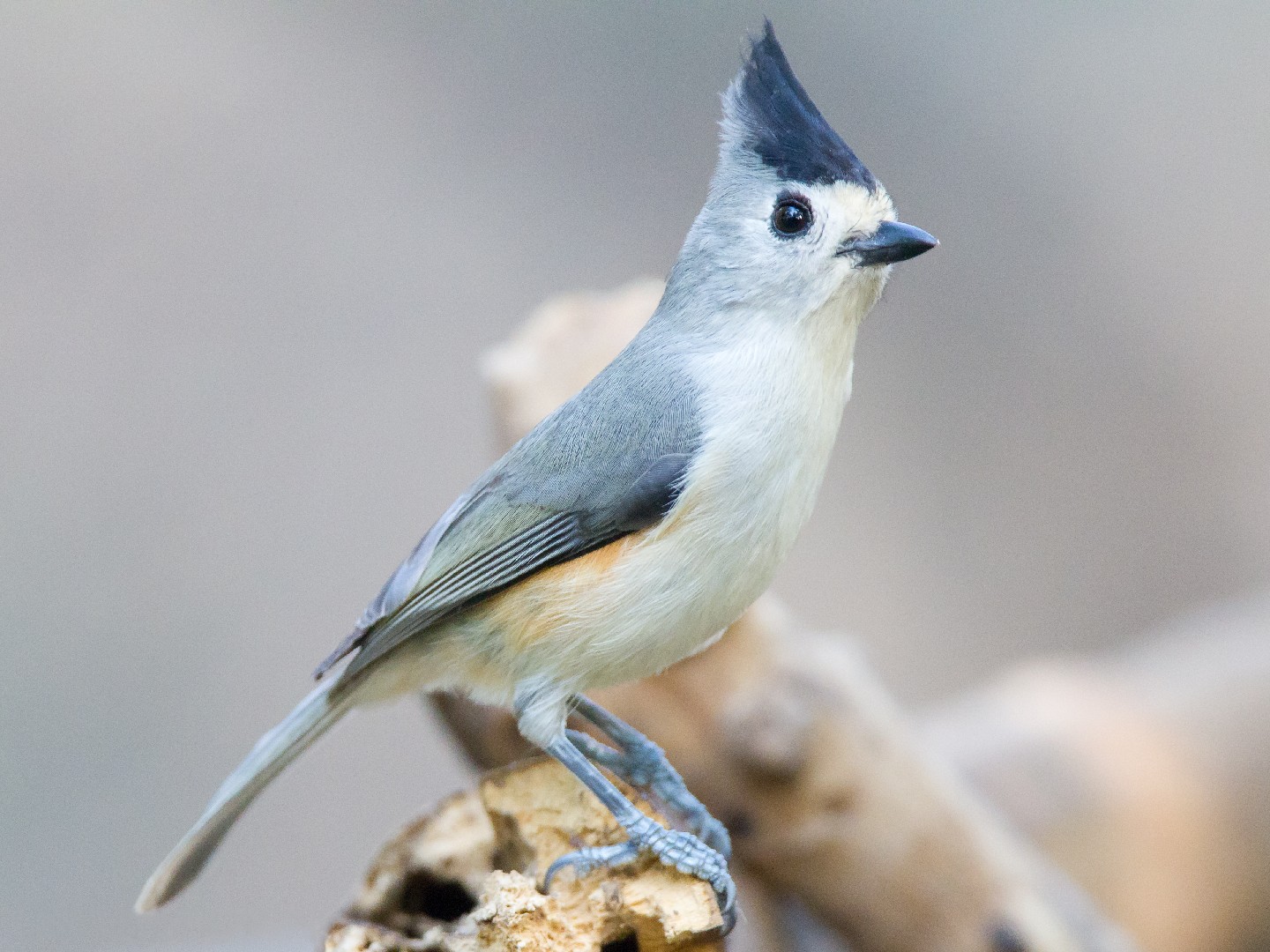 Photo By Dan Pancamo , used under CC-BY-SA-2.0 /Cropped and compressed from original
Photo By Dan Pancamo , used under CC-BY-SA-2.0 /Cropped and compressed from original Description
The black-crested Titmouse is a small species of songbird with a relatively small distribution in North America. These birds are easy to find in their oak woodland habitats, but difficult to find anywhere else. They like to travel with other small birds and can be differentiated by their clear whistle call.
Size
17 cm (6.5 in)
Life Expectancy
2-13 years
Nest Placement
Cavity
Clutch Size
4 - 7 eggs
Incubation Period
1 - 2 broods
Number of Broods
12 - 14 days
Feeding Habits
Black-crested Titmouse consumes a variety of insects like beetles, flies, moths, larvae, as well as seeds, acorns, berries. They forage methodically in vegetation and are adept at using feeding stations, enjoying sunflower seeds, corn, suet, mealworms, and fruit. Foraging behavior includes a preference for upright positions and inner, lower parts of trees.
Habitat
Black-crested Titmouse predominantly resides in brushlands, woods, and riverside groves, thriving from sea-level plains to highlands of nearly 8,000 feet. This species favors a wide array of wooded environments including deciduous, coniferous, and mixed forests as well as thorn scrub and riparian forest corridors. Habitats rich in oak varieties, like pinyon-juniper-oak and cypress-pine-oak, are particularly preferred. Black-crested Titmouse also adapts to human-altered landscapes such as orchards, suburban areas, and parks, especially where the forest canopy is dense and composed of diverse tree species.
Nest Behavior
The female black-crested Titmouse solely builds the nest, laying and incubating eggs. Nest building is precise, making use of varied materials for a comfortable cup-shaped structure. Parents jointly care for the young, which includes feeding and protection from predators.
Nest Characteristics
Black-crested Titmouse typically nest in small abandoned woodpecker cavities located no more than 20 feet high, commonly in cedars, elms, hackberries, live oak, and post oak. They construct a loose cup from feathers, lichens, snakeskin, animal fur, moss, grass, leaves, bark, rootlets, sticks, and human debris. Entrance holes are 1.7 to 2.2 inches wide.
Dite type
Insectivorous
General Info
Feeding Habits
Bird food type

Black Oil Sunflower Seeds

Hulled Sunflower Seeds

Safflower

Suet
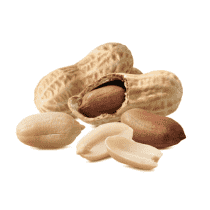
Peanuts
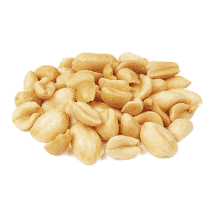
Peanut Hearts

Mealworms
Bird Feeder Type
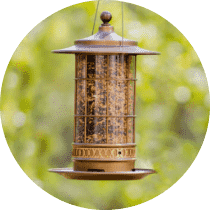
Large Tube Feeder

Small Tube Feeder
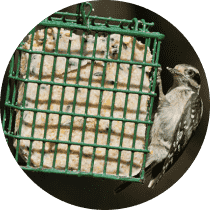
Suet Cage

Large Hopper

Small Hopper

Platform
Sounds
Song
Recording location: Mexico
Song
Recording location: United States
Behavior
Black-crested Titmouse maintain social monogamy and initiate pair bonding in late winter to early spring, with males sometimes exhibiting courtship feeding akin to feeding nestlings. Nesting in cavities, the female exclusively incubates, while both sexes contribute to rearing the young, and there's a possibility of nest-helpers assisting, reflecting behavior observed in close relatives. Post-breeding season, black-crested Titmouse form flocks with various woodland species, playing a leading role in these groups and providing vital predator alerts through their intense calls. Their interaction with their habitat is dynamic, engaging different species in cooperative behavior and fulfilling essential functions within their ecological community.
Species Status
Not globally threatened.
Scientific Classification
Phylum
Chordates Class
Birds Order
Perching birds Family
Tits Genus
Titmice Species
Black-crested Titmouse